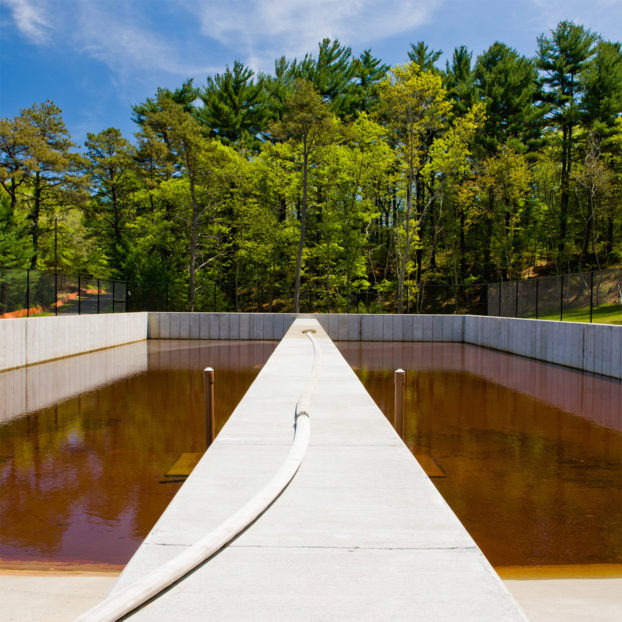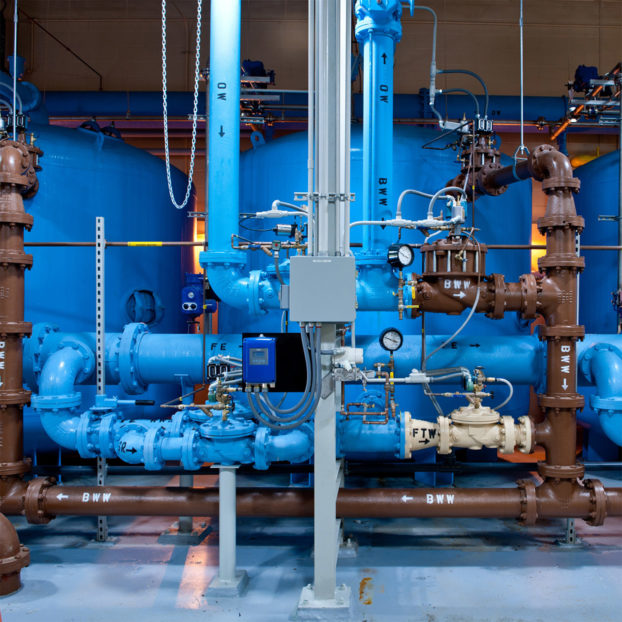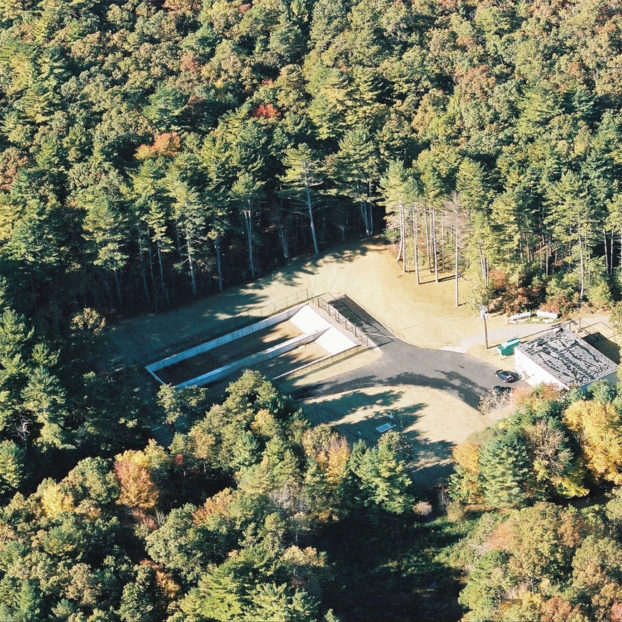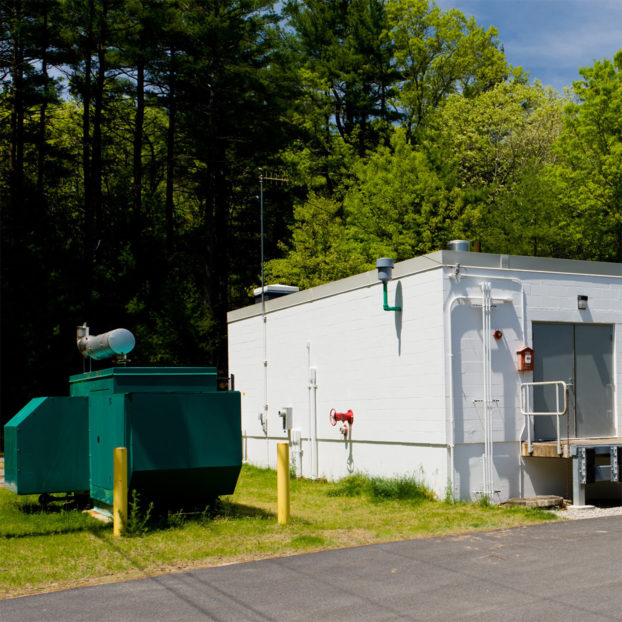Originally constructed in 1974, and upgraded in 1992 to include chemical addition facilities for pH adjustment and disinfection, the Town of Plymouth needed support with their existing Bradford Well Treatment Facility. The facility’s existing iron and manganese pressure filtration system and residuals management structures were beyond their useful lifespans and required significant time to operate and maintain leading to them being removed from service.
This led the Town to hiring Environmental Partners to provide professional engineering services related to upgrading the facility. The initial phase of the project included the siting, permitting, and installation of a new groundwater supply well that was capable of producing finished water that met or exceeded the Secondary Standards for iron and manganese through chemical sequestration rather than filtration. The effectiveness of sequestering diminished over time however, as the levels of source water iron and manganese increased beyond those that can be effectively controlled through this method.
Upon recognizing the need to replace the original pressure filtration system to reduce source water iron and manganese, Environmental Partners provided preliminary and final design services for a 1.51 MGD greensand filtration facility including: pilot testing; facility assessment and conceptual design; geotechnical investigation and recommendations; final design; permitting; preparation of opinion of probable construction costs; bidding; and construction phase services. Improvements were focused on compliance with Massachusetts DEP guidelines and policies for an iron and manganese treatment facility. Improvements included replacement of all chemical feed systems (sodium hydroxide, sodium hypochlorite); replacement of the pressure filters; new instrumentation, control, and SCADA system; new residuals handling facilities including a buried storage tank, two concrete dewatering beds, and a series of drywells; and electrical, structural, architectural, HVAC, and plumbing improvements.
In an effort to reduce construction costs and maximize the use of existing infrastructure, the building shell was reused and interior systems were replaced with modern systems, including a new laboratory, storage room, stair case, loading dock, and doors. Other interior building system renovations included new electrical (wiring, power, and distribution center), HVAC (including dehumidification), and plumbing. Construction of the improvements was completed in 2010.







